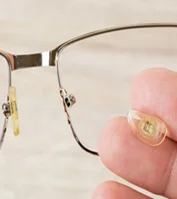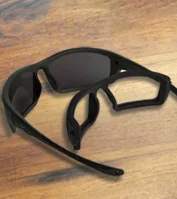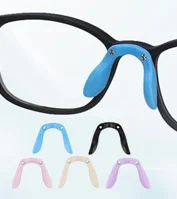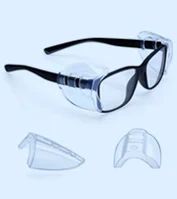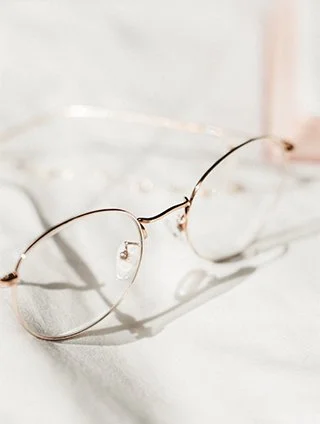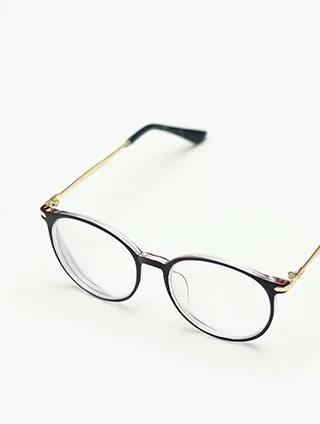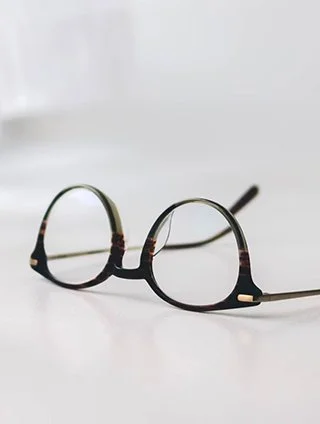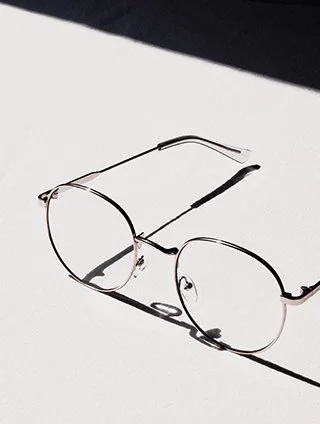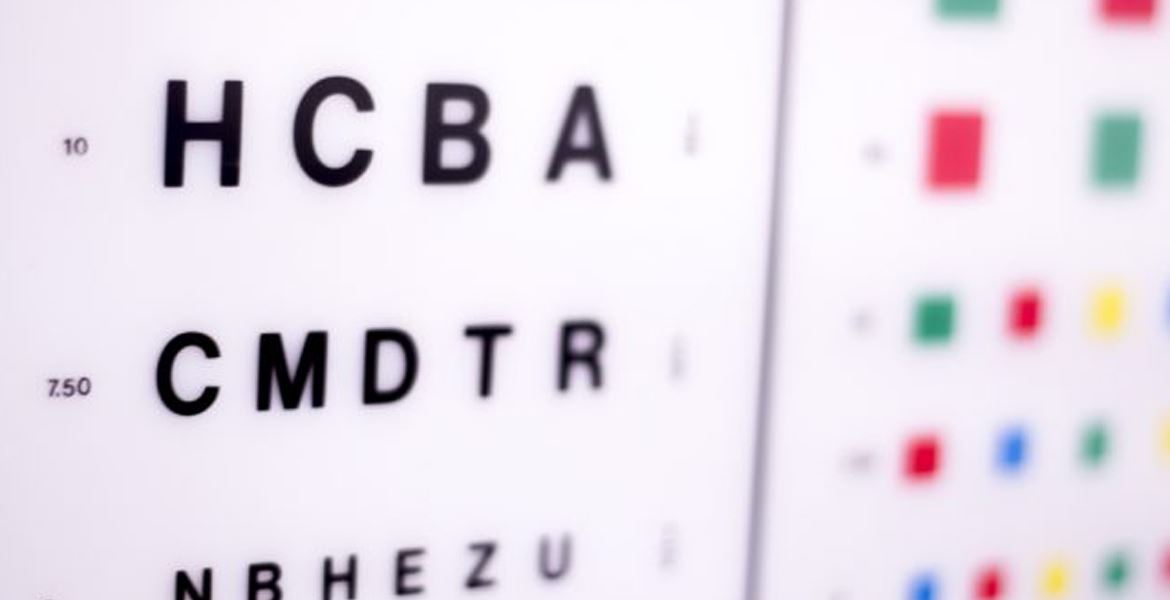Last updated: Wednesday, February 19, 2025
Everyone has different vision types according to one’s health and living style. Some visual conditions of every patient can same but vision types can be different. Here, we are describing different vision types so that you can understand them.
20/20 Vision:
20/20 vision is used to define a certain level of visual acuity. It is related to sharpness and precision of vision. 20/20 vision means you can see the object at a distance of 20 feet. It does not mean you have a perfect vision. It means you can see clearly at some specific distance. Many other essential eye conditions are not related to visual acuity. You can take the help of RX Safety Glasses to see things clearly at distant places.
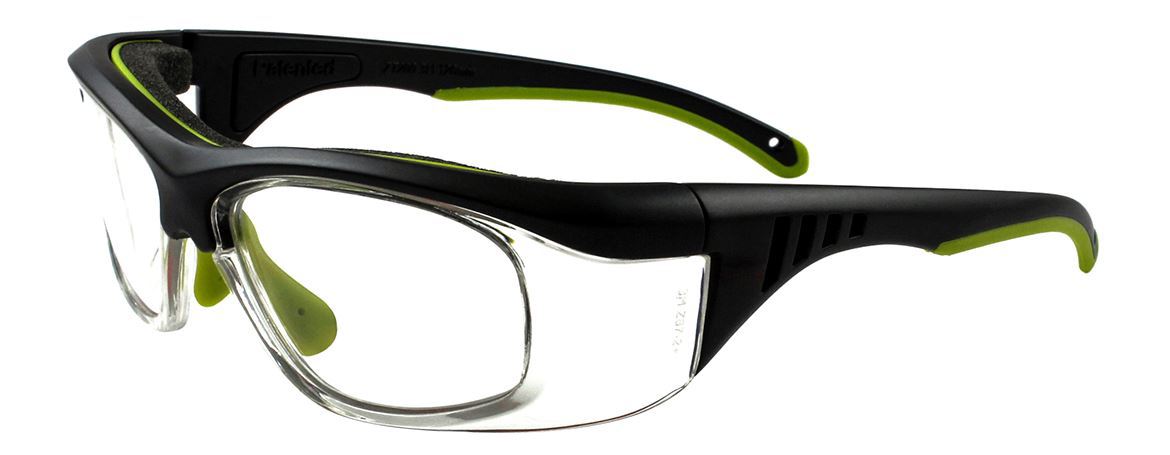
20/100 Vision:
20/100 vision is very rare. In this vision, a person can see clearly at a distance of 100 feet. He/she can see as clearly as a person of normal 20/20 vision can see at 20 feet.
20/10 vision:
In this vision, a person is above average. A 20/10 vision person is better than a normal standard vision person. A person can see easily at a distance of 20 feet away. A normal person can see clearly at 10-foot distances from an eye chart.
20/60,70,80 Vision:
In this vision level a person can see at a distance of 20 feet and a normal vision person can see at a distance of 60, 70, and 80. A person can read large headlines in a newspaper. You can wear Pentax safety Glasses to read any print material easily.
20/200 Vision:
In this level of vision, a person is considered to be legally blind. In this vision level, a person can see at a distance of 20 feet away. While a normal vision’s person can see at a distance of 100 feet away.
Common Eyes Conditions
Farsightedness:
This is also called hyperopia or the opposite of nearsightedness. In these conditions, a person can see the far away objects. But close objects give a blurred view. Farsightedness can be treated like myopia.
Nearsightedness:
This is called myopia. A person can see close objects but find a blurred view of distant objects. Most people are affected by these conditions. This is easily treated by Prescription Safety Glasses or contact lenses.
Presbyopia:
This type of condition appears when the eye’s lens becomes more flexible. This happens as you age up or reach more than 40 years. A presbyopia person cannot see close objects. It can be treated easily by reading glasses. You can avail the chance to buy Online RX Safety Glasses.
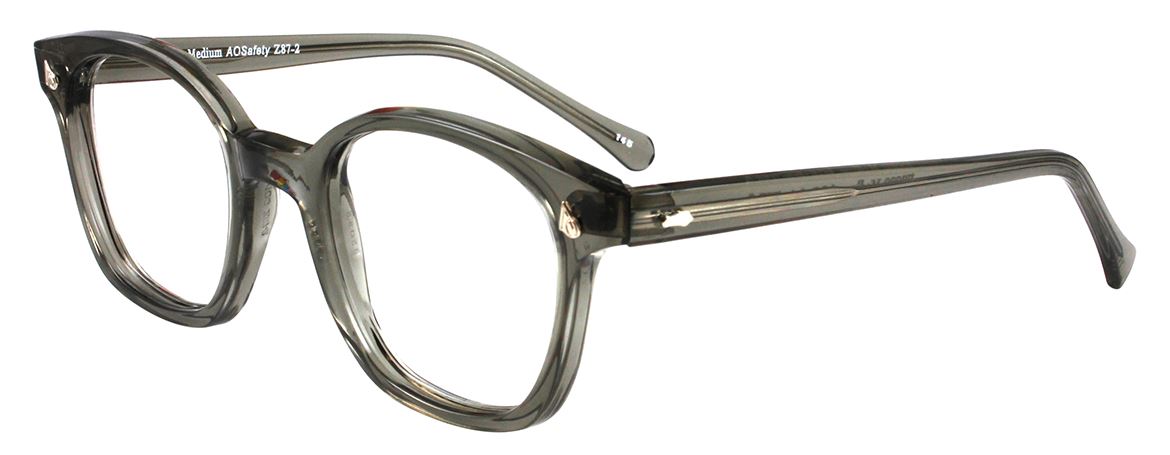
Astigmatism:
In this situation, eyes focus on two different points instead of one. The eye lens is not spherical, that’s why Astigmatism is produced. It causes a headache, blurred vision, eyestrain, discomfort, and night vision problems. It can be controlled by Prescription eyeglasses or contact lenses.
Macular Degeneration:
The center part of the eye retina is mostly affected by this disease. This is the part of the eyes that receives and sends information to the brain. It starts as a grey or black spot in the center of the eyes and gradually increases. It is not incurable but can lessen its growth.
Glaucoma:
Glaucoma has no specific symptoms but it is not painful. With regular eye exams, you can slow down its growth.
Cataract:
Cataracts can happen to one eye or both eyes. It makes the lens cloudy and you can see the blurred image of objects. Generally, visual acuity is checked on the eye chart with numbers and letters. A regular eye exam can save you from any severity. In case of a new prescription, you can order online prescription eyewear from any store.















